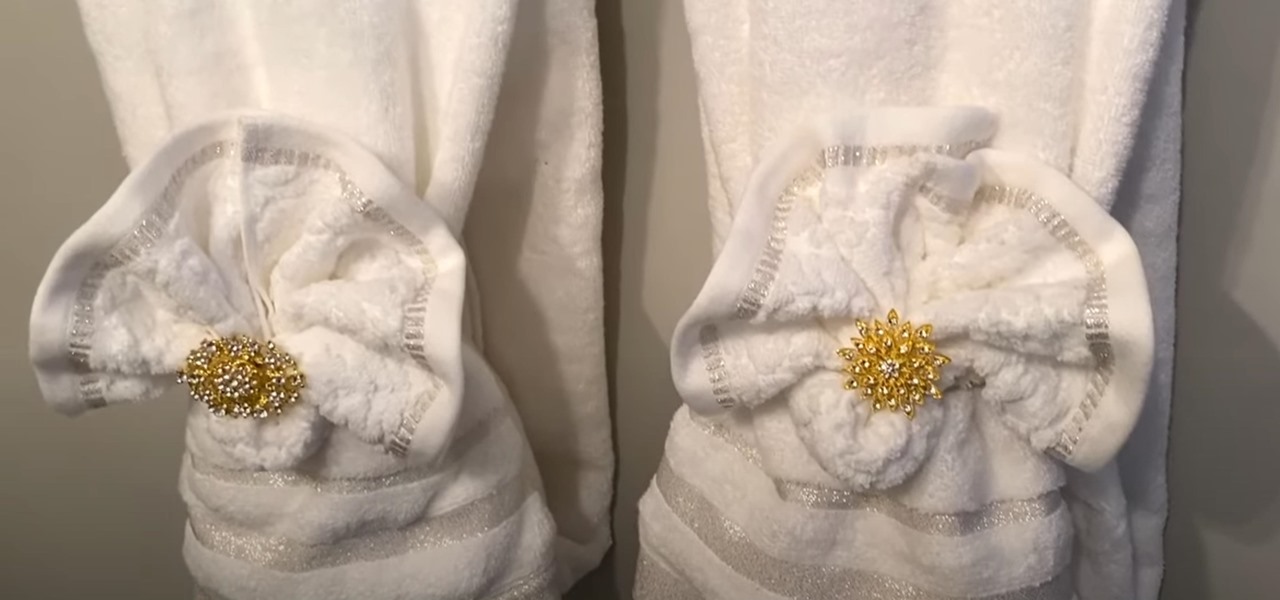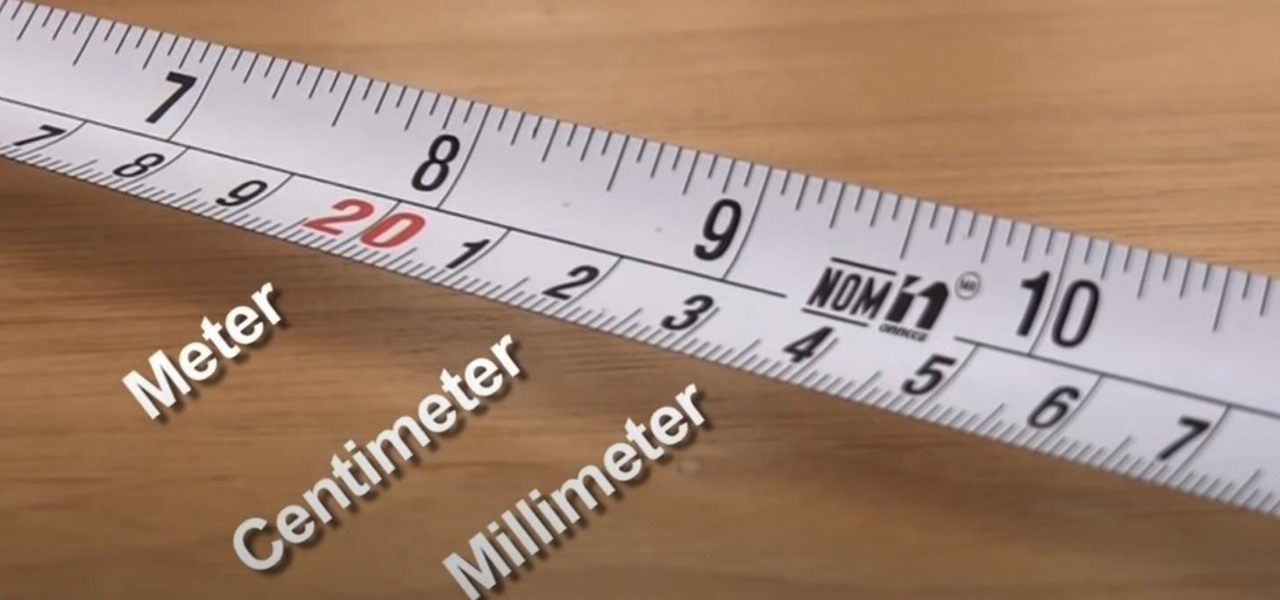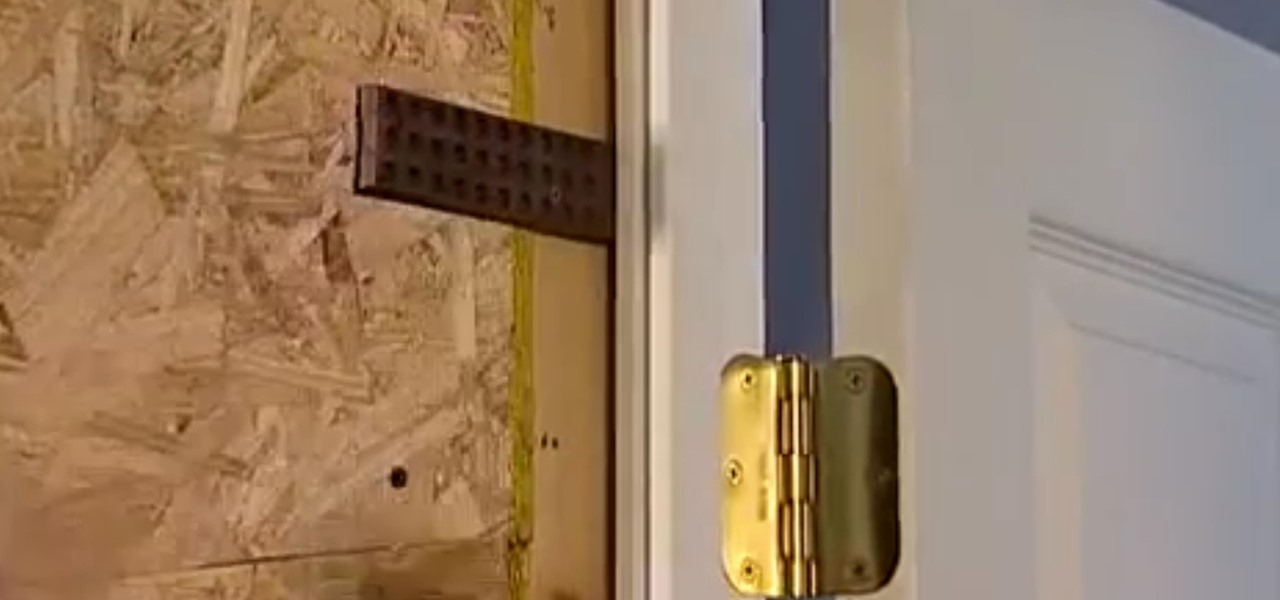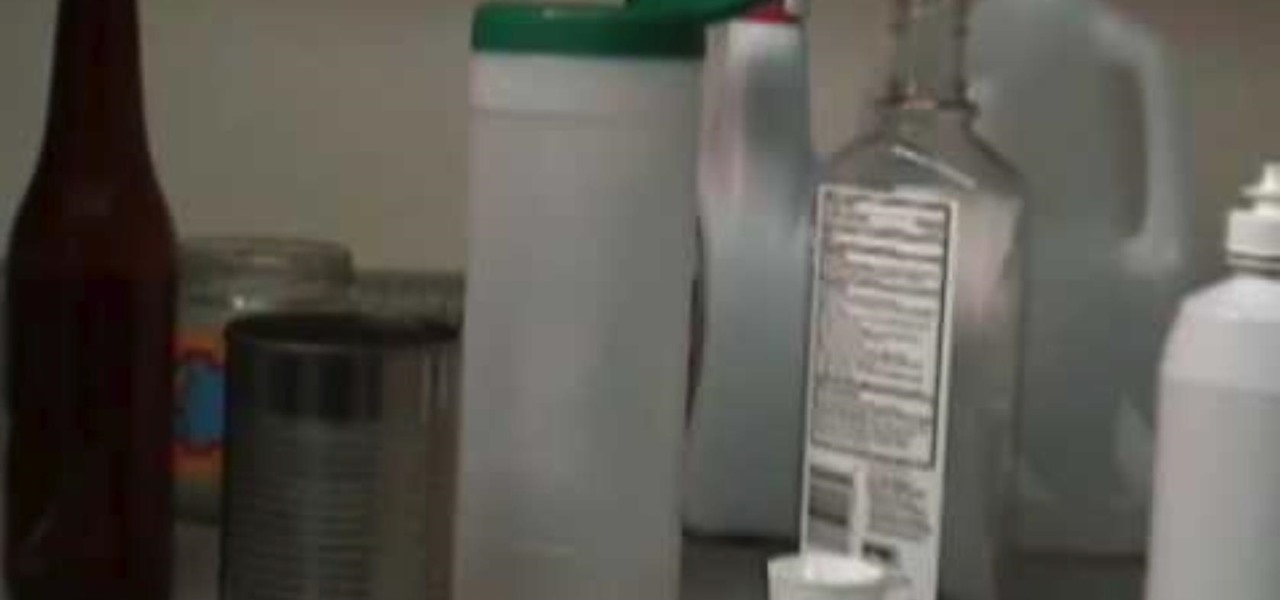Hot Home & Garden How-Tos

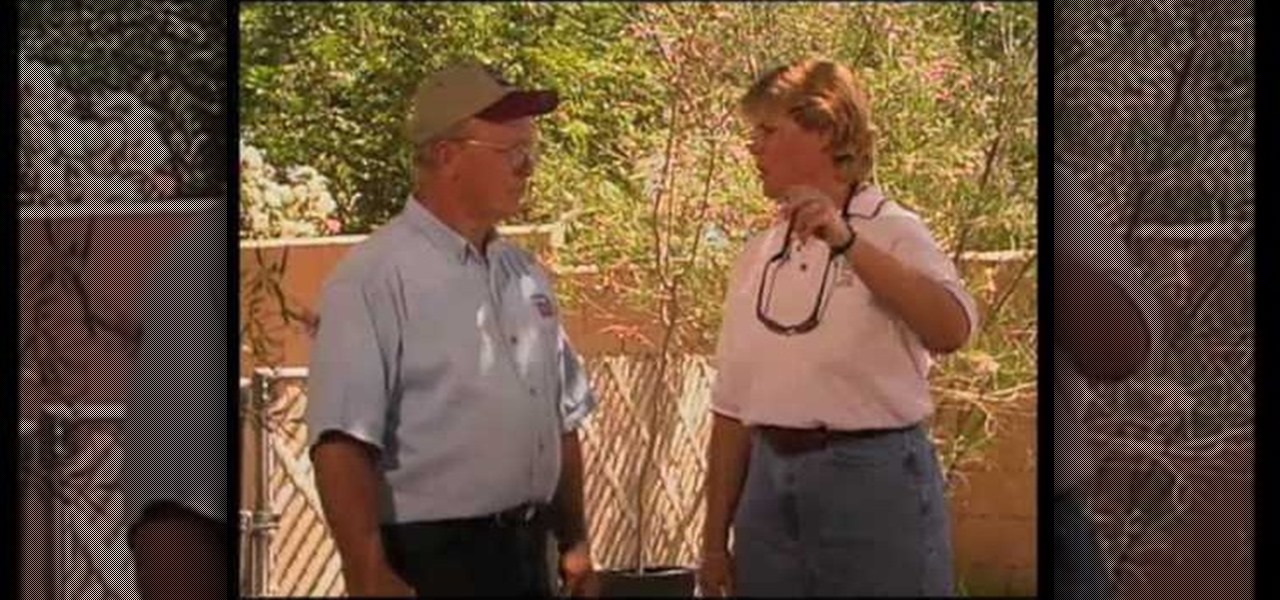
How To: Identify common shrub & tree diseases
John White (Doña Ana County Extension Agent) talks to Natalie Goldberg (Extension Plant Pathologist) about Powdery Mildew that affects many plants. They look at a Japonica that is heavily infested. Powdery Mildew is enhanced by shaded condition despite the dry climate. It starts with a spot spore infection that will easily spread by the wind or by rubbing. Control methods are difficult and involves a lot of routine applications of chemicals (ornamental fungicide) to keep it in check once the ...
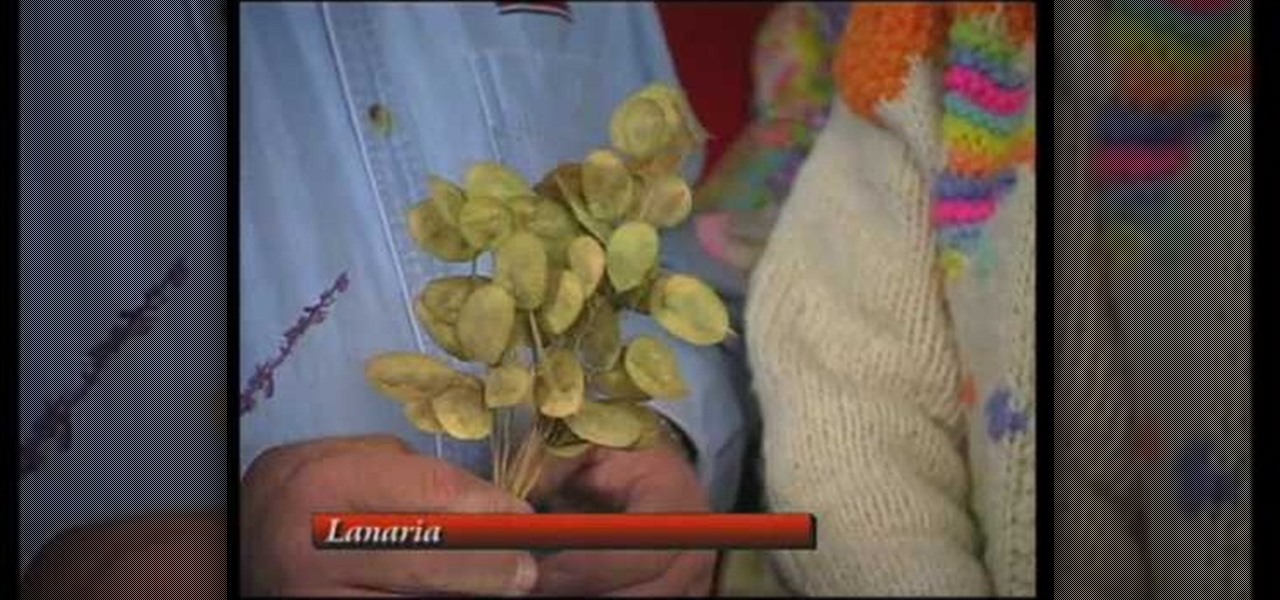
How To: Make dried flower arrangements
This is a how to video on making dried flower arrangements. It is presented by John white along with Virginia podmenik, Master Gardener from southwest yard and garden show. John white and Virginia podmenik, Master Gardener from the Dona Ana co. walk us through the various types of plants used for dried floral arrangements. Virginia podmenik shares her garden collections for the dried floral arrangements. Mexican sage is an excellent plant to choose for dried floral arrangements. These are pop...

How To: Plant tulip or daffodil bulbs in the fall
In this video Bob describes how to plant bulbs. Bulbs are among the easiest flowers to grow. They don't like "wet feet" so always plant your bulbs where it's sunny. In the Spring the trees don't have their leaves yet so you will have a lot of different places to plant your bulbs. Your bulbs, depending on the size will go in to the soil at different depths. You can plant them singly or plant a bunch of them at once in one hole, just space them and cover them well. Make sure to mix compost or p...
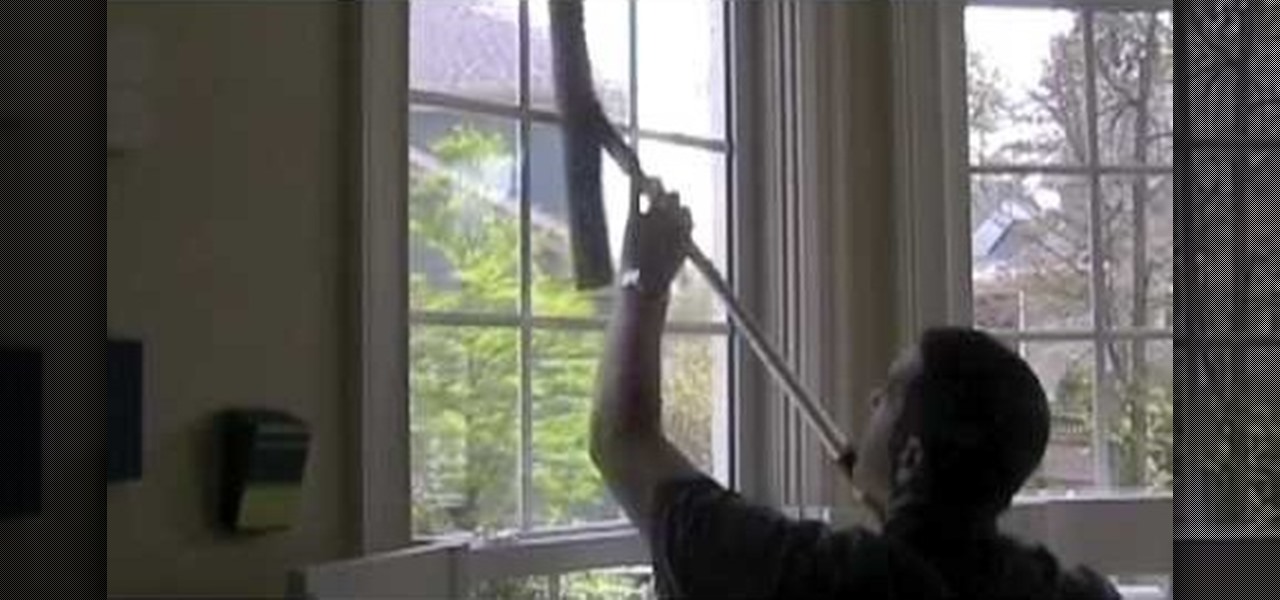
How To: Clean your own inside windows
In this video, David teaches us how to clean the inside of windows easily and quickly. You don't need fancy tools, all you need is a terry cloth towel, a squeegee and dish washing detergent. First, put a little bit of the soap into a bucket and wash down the windows. Next, take a squeegee and wipe horizontally making clean lines. The excess water should drip down and you will catch it with your next squeegee wipe. If you have extra wetness on the edges, grab an old t-shirt and wipe the sides ...

How To: Identify fruit tree problems
This video describes problems with fruit trees and how to deal with them. One problem is Chlorosis, identified by yellowing leaves with green veins between the sections of the leaf. This is caused by a micronutrient deficiency (usually iron) that results when the tree roots are unable to absorb all the nutrients from the soil. This problem can be temporarily treated with a foliar spray of iron. Another problem is pruning wounds with decay that results when trees are not pruned correctly. They...

How To: Identify probles with weevils and leaf cutter bees
In this video from nmsuaces we learn how to identify problems with weevils and leaf cutter bees. Weevils attack all kinds of plants in a J shape on leaves. To tell a difference between a weevil and leaf cutter bee is the bee will make a perfect round cut, whereas a weevil makes more of a J shape. If it starts doing serious damage you may need to control them. The weevil works at night. In this video she also discusses vines. A potato vine needs to be tied up as it grows. It's good for around ...
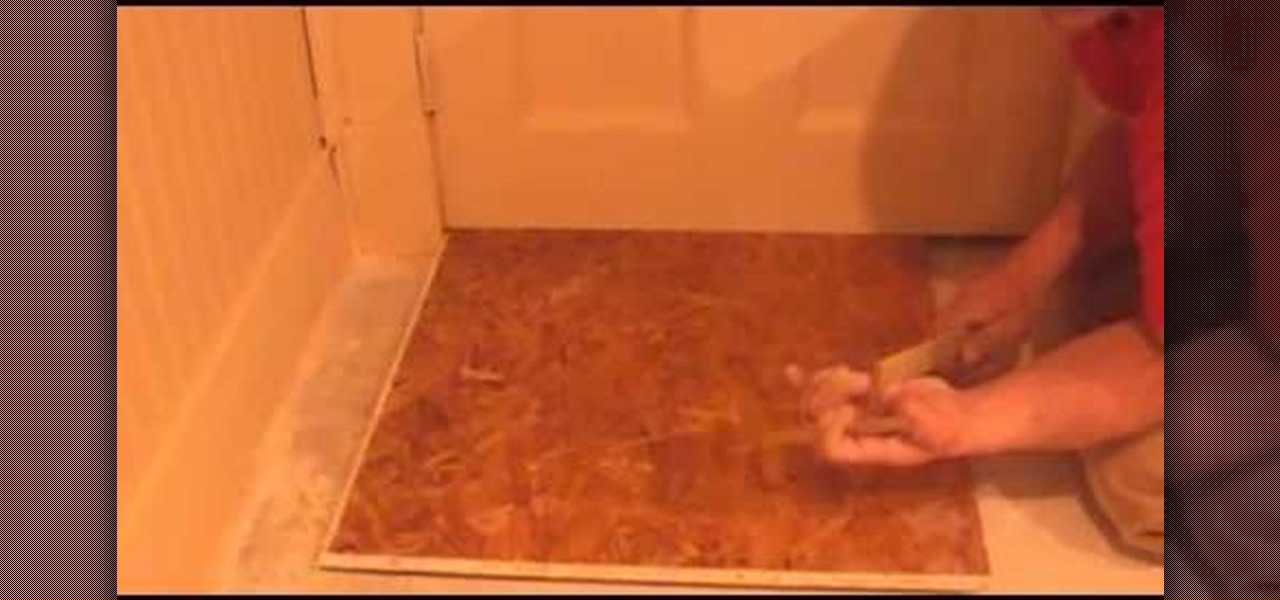
How To: Install Dry Core basement sub floor
First, the plywood or oriented strand board (OSB) subfloor floats on a corrugated or “cleated” waterproof underlayment, so the wood never actually touches the floor. The underlayment material can be made of Styrofoam or heavy-duty polyethylene, the same material used in corrugated plastic drain pipe (one of the toughest plastics available). This underlayment creates an air gap above the concrete. Combined with the wooden panels, the air in this space provides a thermal break that acts as insu...
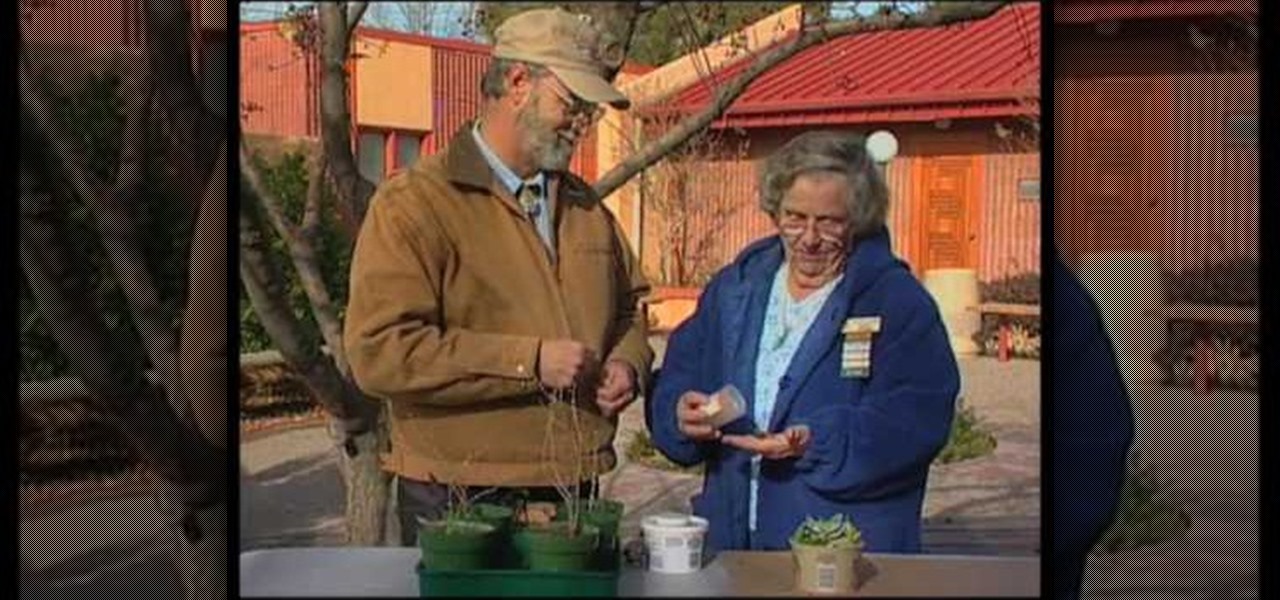
How To: Care for and transplant small house plants
This is a great way to learn how to upgrade your small house plants into bigger ones. Start over plants once a year. Put rocks on the bottom for drainage. Bugs help your plants to grow. Do not use Pesticides on your house plants. Water weekly. Compost bins make great soil. Sweet potatoes that have roots growing off of them put in a glass of water and wait for them to grow roots. Give you plants at least six hours of sunlight daily. They also like when you talk to them and touch them you can c...

How To: Install a pond skimmer
Install a pond skimmerThe most critical steps to installing a skimmer are the water level and attaching the liner to the face plate with a water tight seal. The pond should be rocked in. The skimmer needs to be level from front to back and side to side. That's critical. Optimum water level is approximately 3/4 inch down from the top of the steel face. Use the level (tool) to determine the water level on the face plate. It's important to have the weir door work effectively. Prepare the area fo...
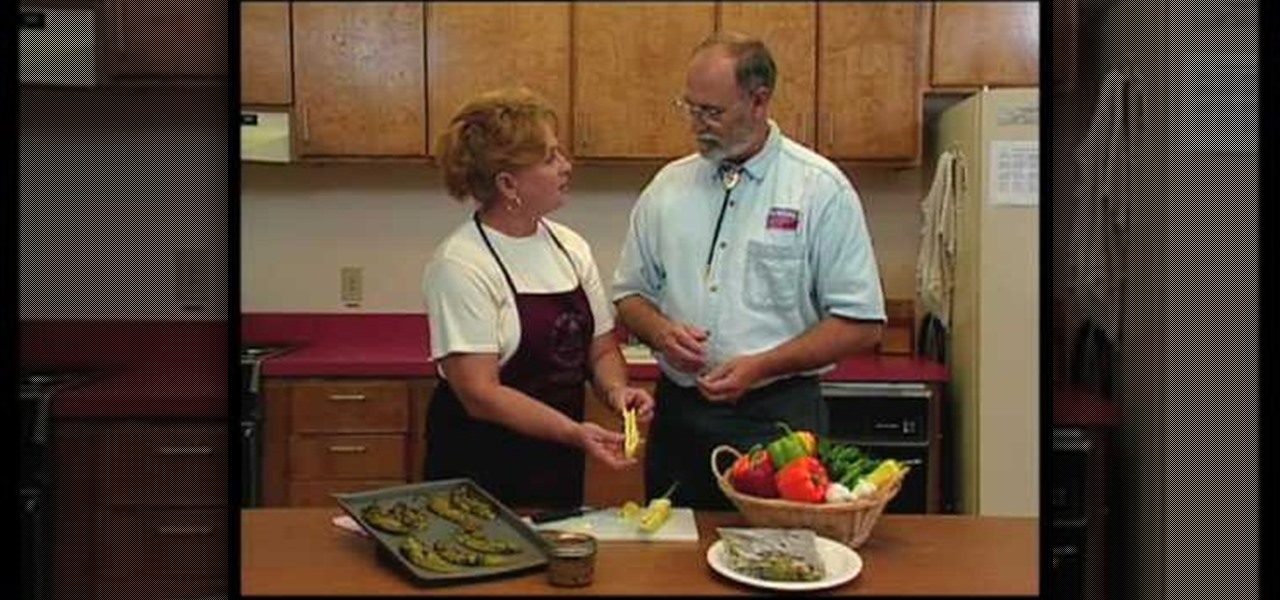
How To: Make chile pods mild or hot
In this Home & Garden video tutorial you will learn how to make chilly pods mild or hot. Curtis Smith, extension horticulturist, presents this video along with Patricia Aaron. The heat of the chilly is in the skin and the veins. When you cut open a chilly, you will see all the veins are near the shoulder or the chilly. So, the shoulder part of the chilly is hotter than the tip. So, if you want to make the chilly milder, then cut off the top part. Seeds do not add to the heat of the chilly. If...
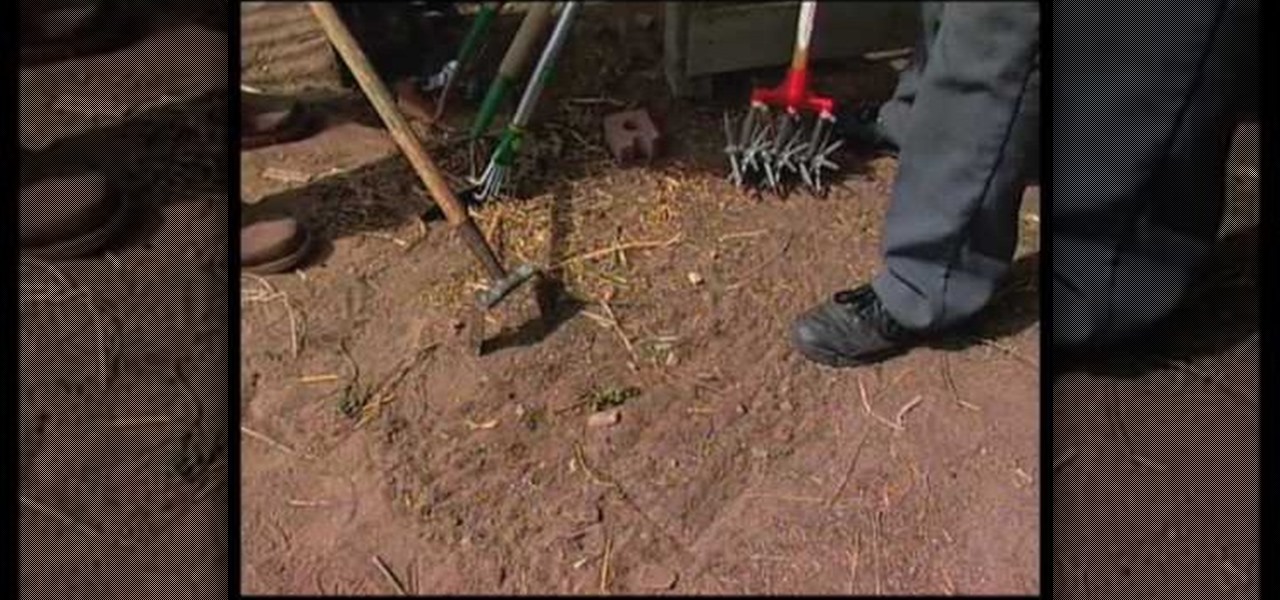
How To: Pick the right tool for weeding the garden
This is a "Southwest Yard and Garden" episode that details the proper selection of gardening tools for fighting seasonal weeds. Horticulturist and host Curtis Smith takes us to meet with Ron Jobe, an Albuquerque Master Gardener, to discuss the options available for such a task. Ron covers the various conditions a gardener is faced with, including the soil and the weeds themselves. Some suggested tools are: the Wing Hoe, Skimming Hoe, Raker, Pointed Hoe, and Stirrup Hoe. The use of each is off...

How To: Spackle a crack or a hole
How to spackle a crack or a hole
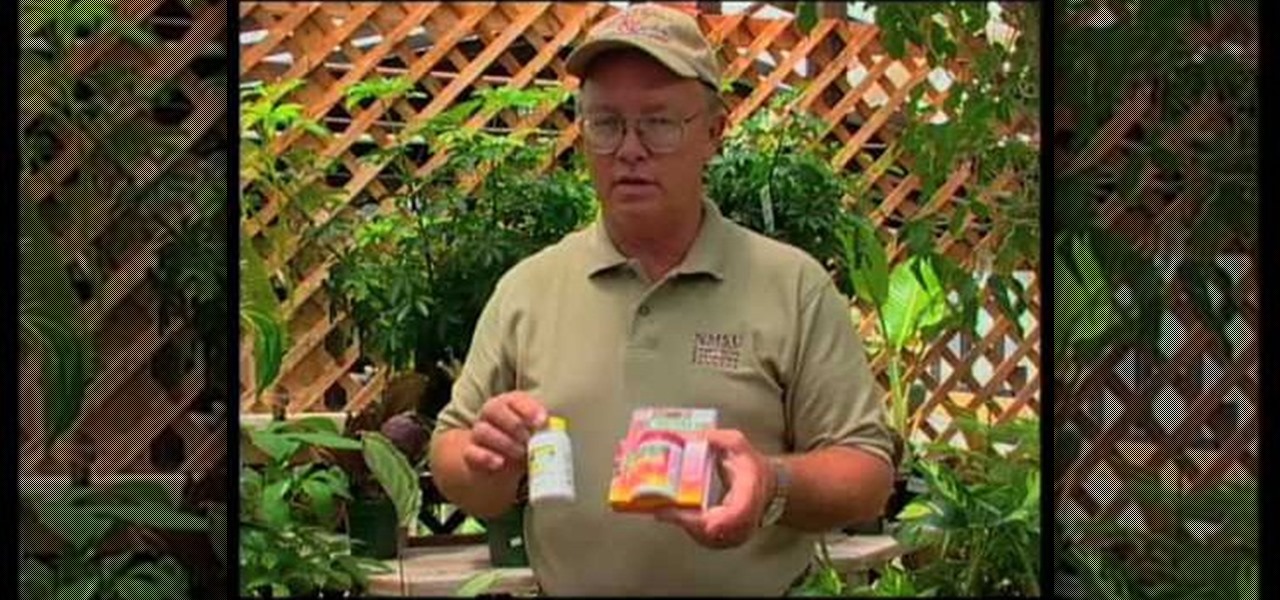
How To: Propagate your favorite houseplants
John White discusses how to propagate houseplants. You will need a potting mix called a “soilless” mix, which contains only vermiculite, perlite and peat moss. In addition you will need a sharp knife, a pruner and a weeding hormone to help induce root growth on the cuttings.
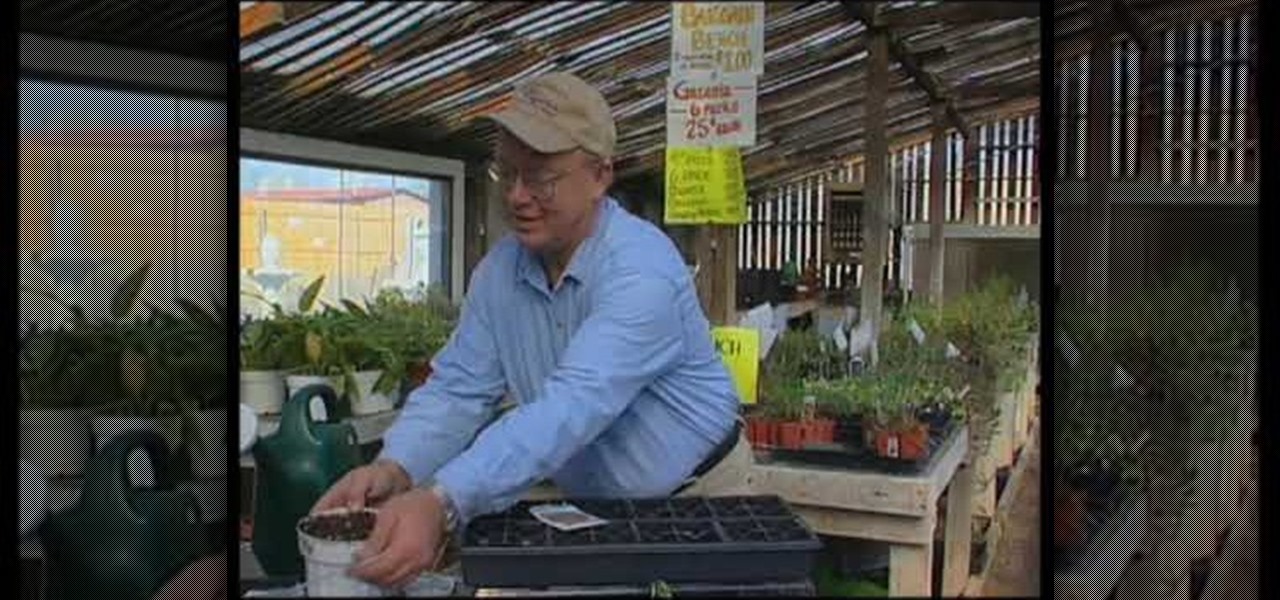
How To: Start tomato plants from seed
This video is a tutorial on how to start growing tomato plants from seeds. The instructor first explains that it is important to make sure your seeds are fresh and within the proper date frame and that you pick a good artificial soil mix for proper growth. The tutorial goes over a few different fertilizer products that you can choose from, yet they are not completely necessary for growth if the soil is of a high quality. The instructor then fills plastic mini pots with soil and then uses a pe...
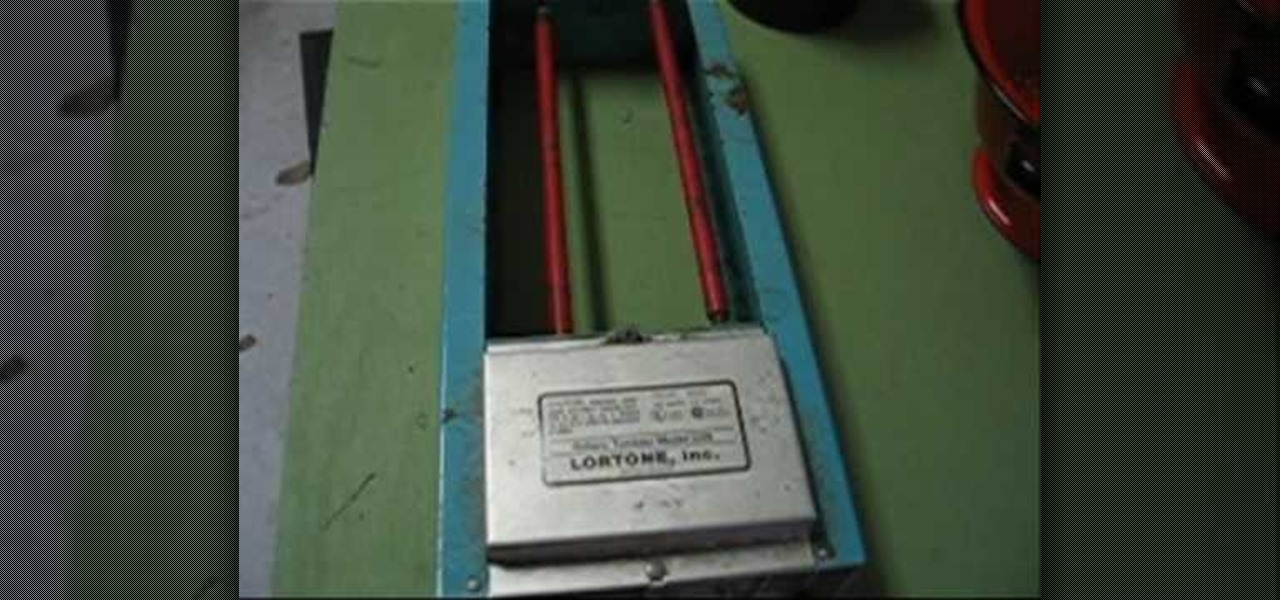
How To: Clean beach coins
According to Outer Banks, cleaning coins found on the beach is an easy job. First of all he doesn't clean pennies as he doesn't think its worth the time. First use a rock tumbler. They're not expensive and cost under $100.00. Toss the coins in a tumbler with small rocks or gravel as this helps clean and separate the coins. Use a couple of squirts of dishwashing liquid and water about 3/4 full. Let it tumble about three to four hours. Using a colander rinse your coins once tumbling is complete...
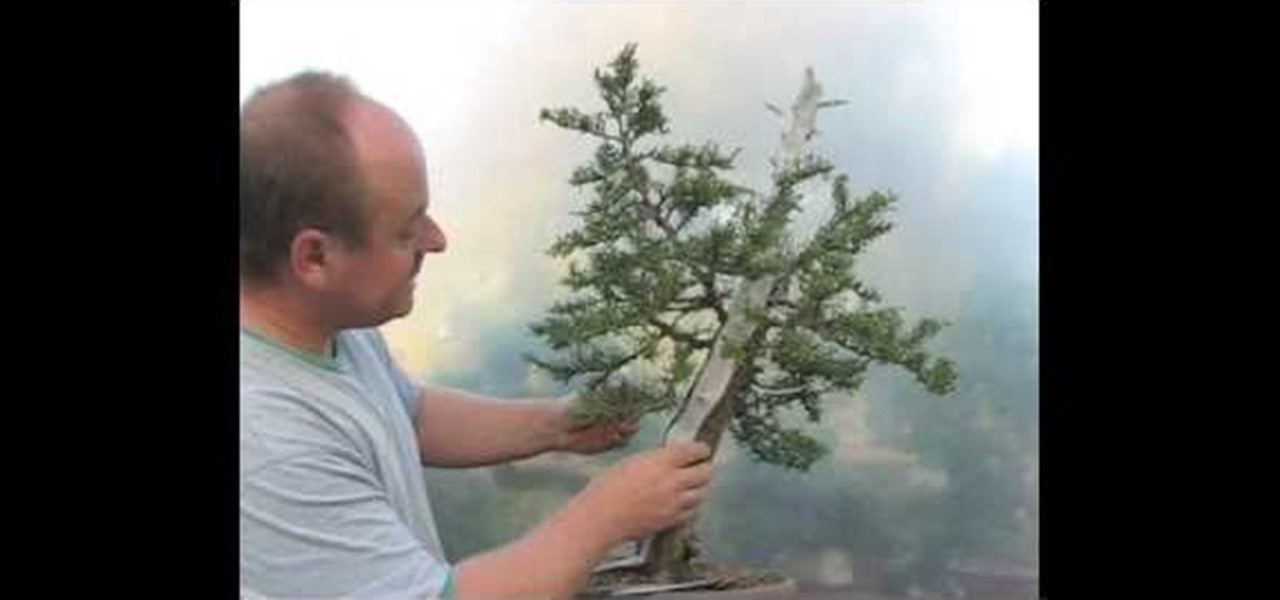
How To: Do simple bonsai styling
Graham Potter of Kaizen Bonsai shows Bonsai beginners how to make interesting trees from relatively available materials. He first details the history of the specific tree he will be working on. He points out that this specific specimen has small, compact foliage, branches that support itself, craggy bark, and a nice taper in the trunk. He begins to shape the tree by cutting the small amounts of foliage that are dead or weak as well as the foliage grows beneath the branches. He then uses hand ...

How To: Plant spring-blooming bulb flowers in the autumn
Martyn Cox show us how to plant spring bulbs. You want to begin with bulbs that are firm, with intact skin. You don't need a garden to grow these; you can put them in a pot. If using a terracotta pot, you need to cover the hole in the bottom with another piece of terracotta, to prevent leakage. Next, you add in the compost, breaking up any lumps. For most bulbs, plant them about three times their depth. The flat side is the bottom. You can plant a few together, but make sure they aren't touch...

How To: Pick a padlock and understand how it works
When picking a padlock, the only part you need to worry about is the part where the key goes into the lock. The locking mechanism has pins attached to springs. The key pins are on the bottom and the driver pins are on the top. The key turns when the pins of different heights are separated, flush and aligned. Stick a tension wrench into the keyway and put pressure on it. Take a pick to push the rest of the pins up until they are flush with the shear line. Stick the tension wrench into the bott...

How To: Grow and care for tuberous begonias in your garden
In this video tutorial, viewers learn how to grow a tuberous begonias. It is recommended to pot the tuberous begonias in the early spring of March. Begin by removing the tuberous from it's bad and discard any packing material. Be gentle and do not remove the buds. Select a small pot that is slightly larger than the tuberous begonias and fill the pot 2/3 with well drained soil less potting mix. The carefully place the tuberous rite-side up in the potting mix and cover it with more mix. Water t...
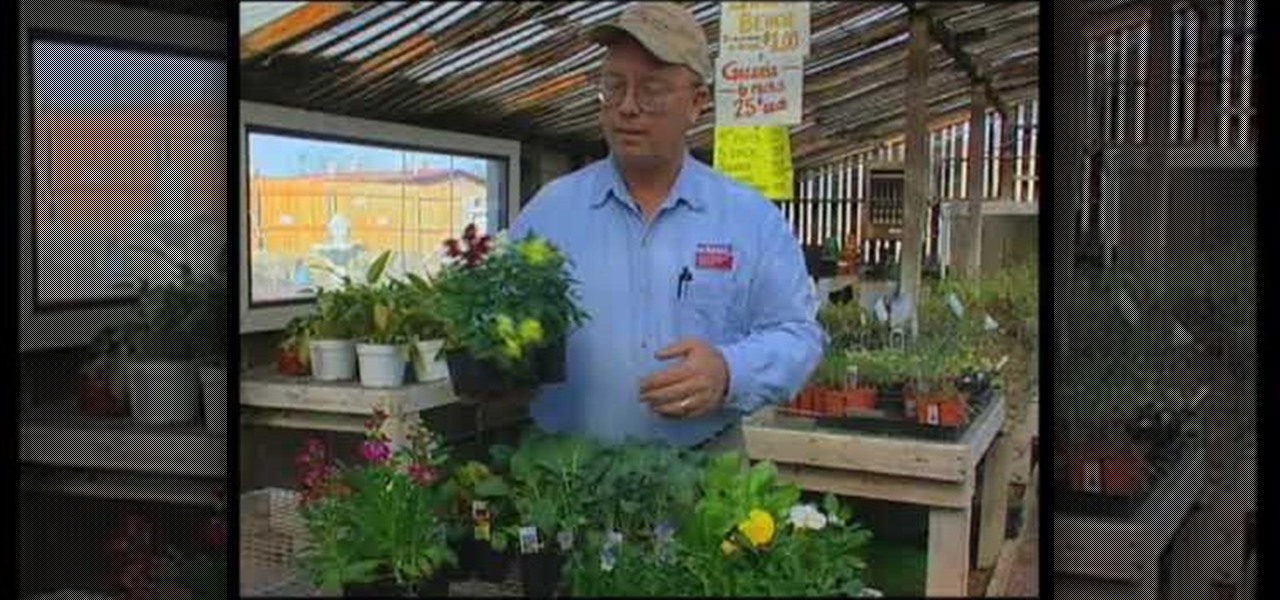
How To: Choose cool weather veggies & flowers for your garden
The presenter, John White, explains how to choose and transplant cold weather vegetables and flowers in this video. The first vegetable he identifies is spinach. He suggests ensuring that the plant has been "hardened off" when buying transplants from the nursery. Next John presents leaf lettuce, broccoli, Brussels sprouts, and Swiss chard as some additional vegetables. He does remind the watcher to consult the plant labels for all the spacing information they may need. Moving on to flowers, J...
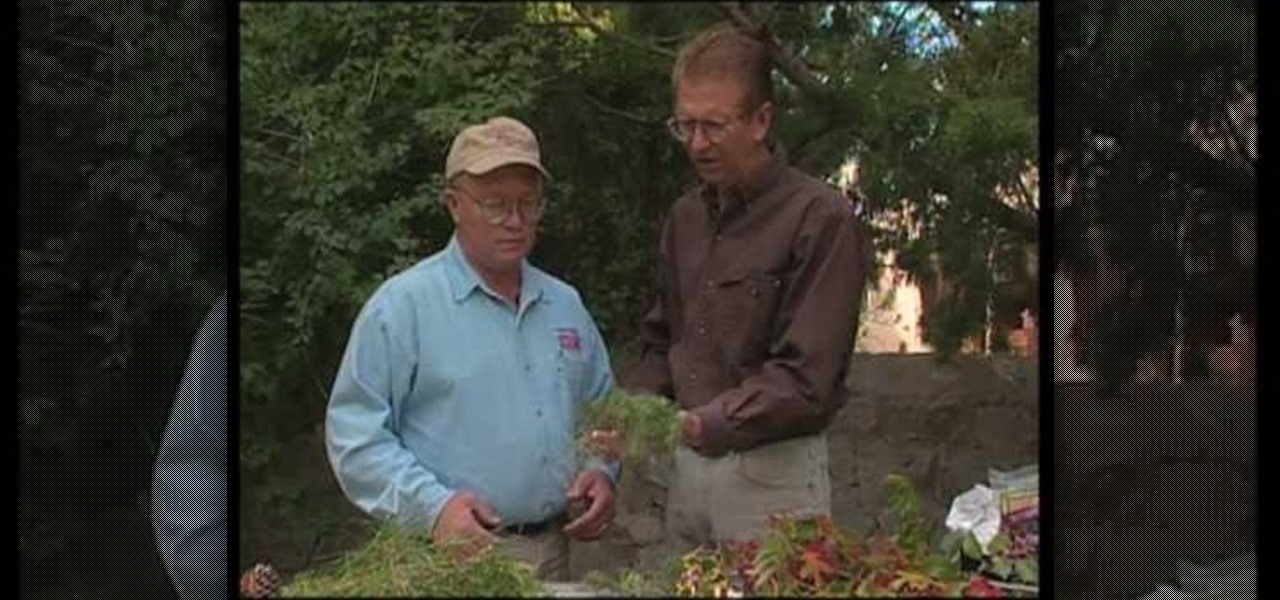
How To: Identify problems with evergreen trees
This will illustrate us how to identify problems with evergreen trees. Here are the following steps:Step 1: First of all look for all the evergreen trees.Step 2: Now look for the problems that is whether there is any fungal or bacterial infection occurring.Step 3 : Now look for the climatic requirements as well as the water requirement for the plant.Step 4: Look whether the conditions are available to your surroundings or not.Step 5: Also find out whether the soil type is idle for the plant g...

How To: Grow Juniper bonsai from cuttings
First of all you have to take the branch of the juniper tree. You can do this activity in the early spring which is the months of February and March. Take a very sharp knife and then peel the bark until you see green color. You have to tear the bark down until you see the greenery below the bark and that greenery is called cambium which is extremely thin. You have to use your knife to remove any kind of knots from the bark. Now you have to dip it in the “RooTone” which is a rooting hormone an...
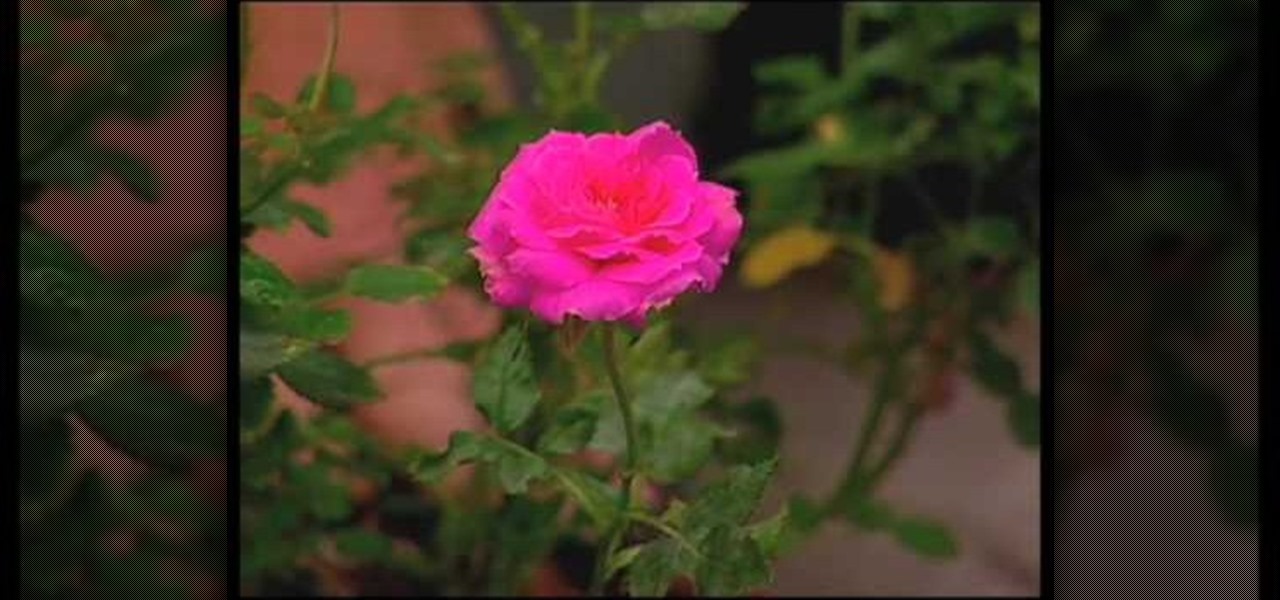
How To: Braid a ficus tree & grow a miniture rose
In this video, a man answer questions sent in by viewers, about various plants. First he covers how to braid a ficus tree trunk. To do that you must grow the trees close together, then trim off the bottom limbs, and braid the trunks. Next he talks about growing miniature roses indoors. Miniature roses must be carefully watches for mold, insects, and over-exposure to sunlight when grown indoors. Then he answers a question about carnivorous plants. He covers the Venus fly trap, and demonstrates...

How To: Make a boutonniere corsage
A boutonniere is a body flower worn by a man on his left lapel to recognize him for a particular function. Watch this video tutorial for instructions on how to make a boutonniere.

How To: Care for your garden In March by applying insecticides
In this Home & Garden video tutorial you will learn how to care for your garden In March by applying insecticides. John White presents this video. During this time roses get a good growth and along with growth come aphids. For tackling aphids you can a variety of insecticides. One such insecticide is called Rose Defense whose main ingredient is ‘neem’ which comes from the neem tree. You can also use Rose Food insecticide. This is also the time to fertilize rose plants since they will be getti...
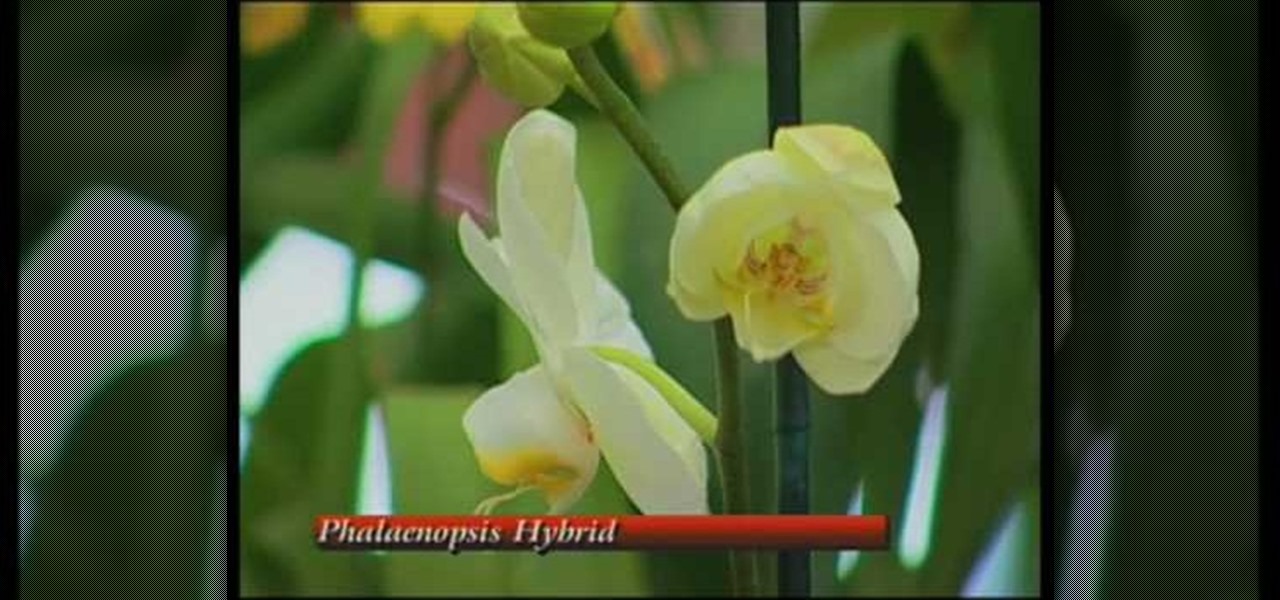
How To: Pick out easy orchids to grow for your home
Curtis Smith, Extension Horticulturist with Southwest Yard and Garden, and Rick Hobson of Rowlands Nursery, demonstrate how to pick out orchids for your home. Dendrobium Phalaenopsis orchids are very graceful with its long spray and is a very popular orchid. They make great starter orchids because they are easy to grow. They will bloom year after year. They come in a variety of shades and petal broadness. Phalaenopsis Hybrids are also successful plants to grow in the home. They will bloom fro...

How To: Protect your fruit trees during the month of August
During the month of August you should be taking steps to protect your trees from bugs and insects. Especially if you have stone fruits which are peaches, cherries, apricots, plums and almonds. To do this you will need to treat around the entire base of the tree with an approved insecticide. This will prevent the insects from laying eggs in your tree. A copper fungicide with dormant oil should be used to treat any bacterial infections that might arise and be a sign that your tree is in distres...
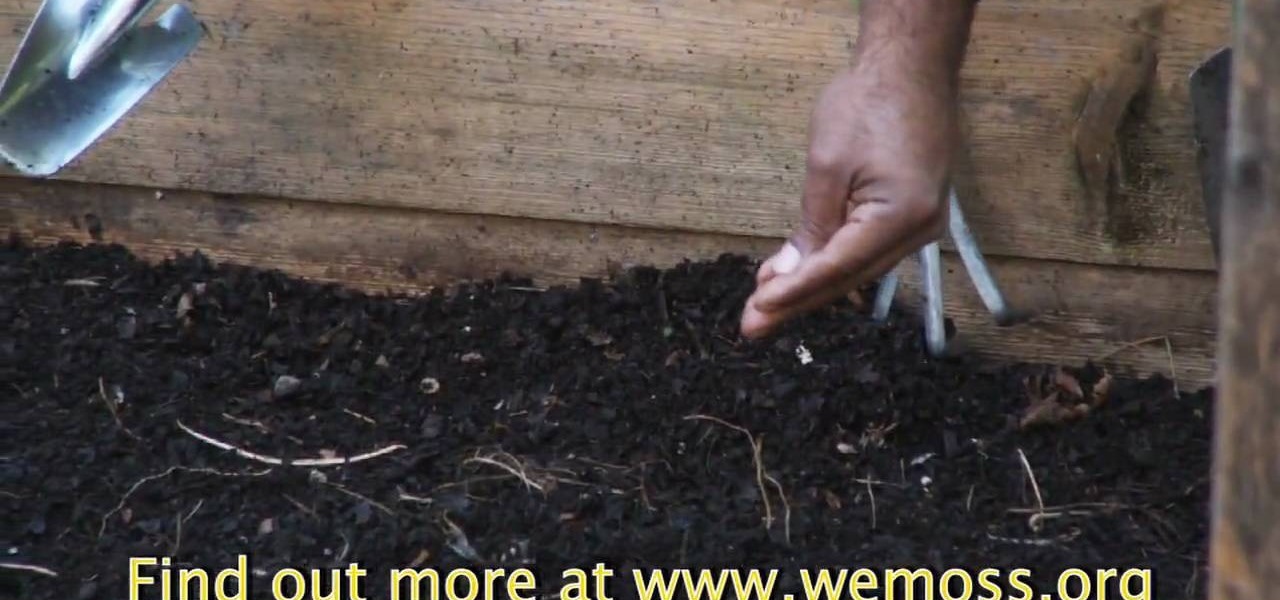
How To: Sow seeds in a raised bed garden
This video describes how to have a raised garden bed. You can use your raised garden bed for most all vegetables. They are using this one for winter vegetables and early spring ones. A good hint was to line 3 seeds up end to end and that is the depth you need to plant them. Lettuce was the vegetable that was shown. Thinning out the bed is very important as not to crowd the plants. A point made was that you can eat the ones that you thin out or use them in a compost pile. Keeping the seedlings...

How To: Make a wallet from a recylced milk carton
A simple and creative way to make your own wallet. A few folds and snips of the scissors and you've created your own pocket wallet. You can even use different color of the carton to achieve a different and unique kind. It is extremely simple, the only things you need are your hands, scissors, tape and stapler. Open the carton, flatten it out, cut, tape the cut sides, staple and apply adhesive strips. You can apply whatever color of tape you want, this can make the wallet even more personalize...
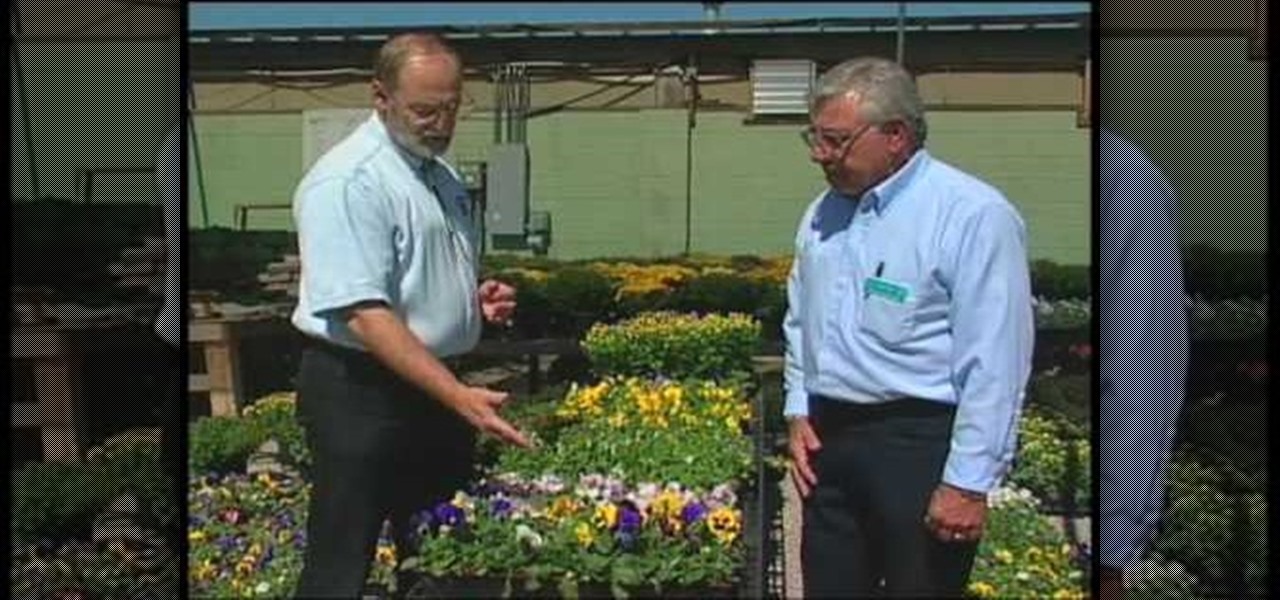
How To: Choose pansies, chrysanthemums & asters
Curtis Smith and Jim Sais describe how to choose pansies, chrysanthemums and asters. Pansies are very small plants and they come in different varieties and sizes such as dancing bears . The face of the pansies is very exact and the right fertilizer will cause them to grow successfully. Amended soil will work best for pansies. Chrysanthemums are spectacular plants and they can be used in containers as well. They signify a fair well to summer. When they are finished blooming, you should be able...

How To: Stencil paint your walls with help from the Home Depot
This is a step by step tutorial on stencil painting your walls, brought to you by The Home Depot. Beginning with a brief description of the art of stenciling, you are then shown the materials you will need to proceed. Next, you are shown how to prepare your room and surfaces. The goal will be to use a single stencil in multiple positions. The stipple method of application is stressed to achieve a multi-dimensional application. Two colors are used to give the added dimension of shadow to the i...
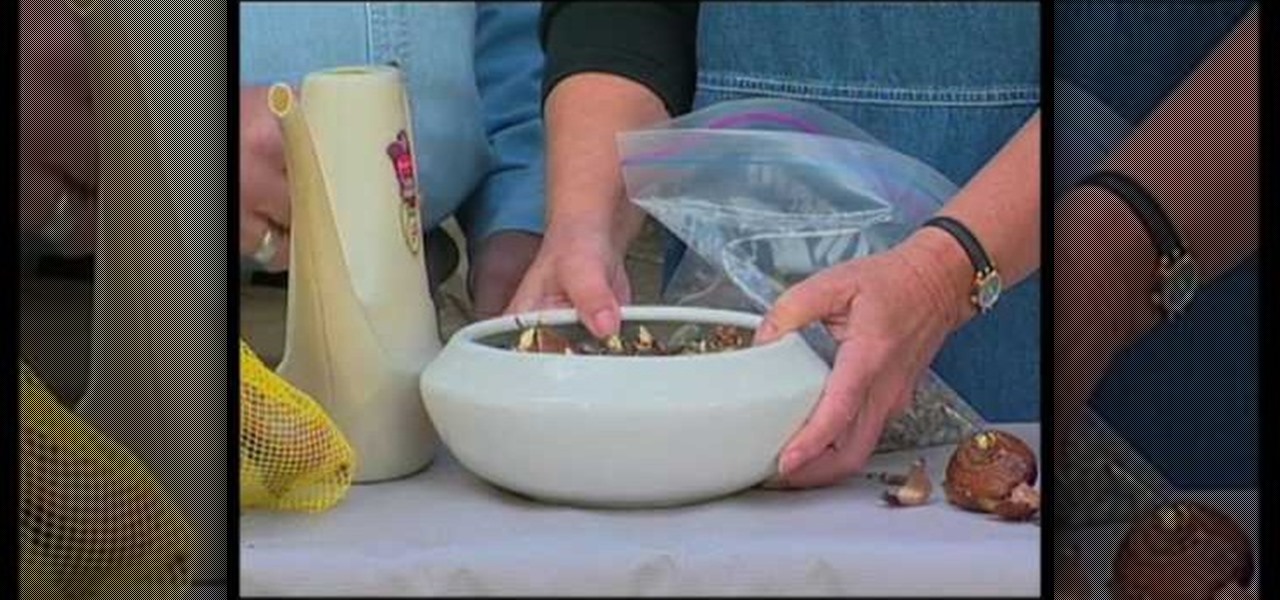
How To: Force flower bulbs to bloom
This video explains how to force flower bulbs to bloom. The instructor first takes a pot and fills the bottom of it with gravel, which then the bulbs are placed right on top of the set gravel. The rest of the bowl is filled with polished show rocks mid way up the bulb to set them properly inside the pot so they are unable to move freely. The instructor then explains that using the gravel and rock filling forces the bulbs to bloom faster then with standard potting soil. The instructor explains...
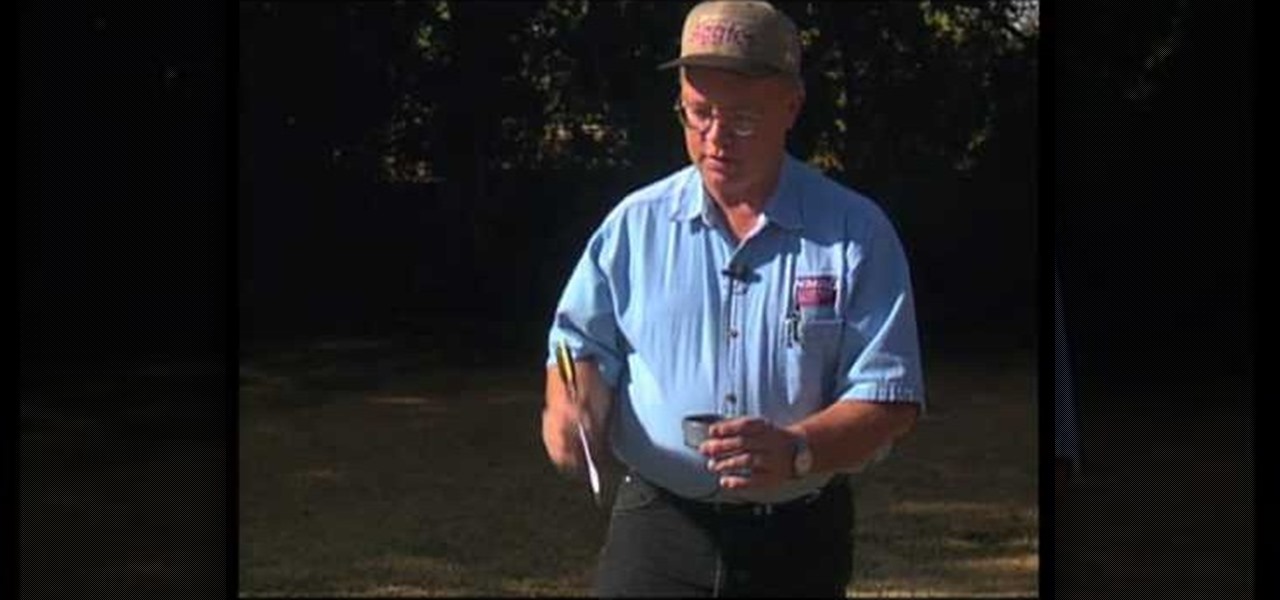
How To: Test lawn irrigation systems
In this Home & Garden video tutorial you will learn how to test lawn irrigation systems. John White presents this video. This is done by a simple can test. Take a few cans of the same size with vertical walls and flat bottom. Place them around the sprinkler head at different distances and make sure they are horizontal. This will show whether the sprinkler is spreading water evenly. Then you can time it and measure the amount of water. This way in future, you will know how long to run the syst...
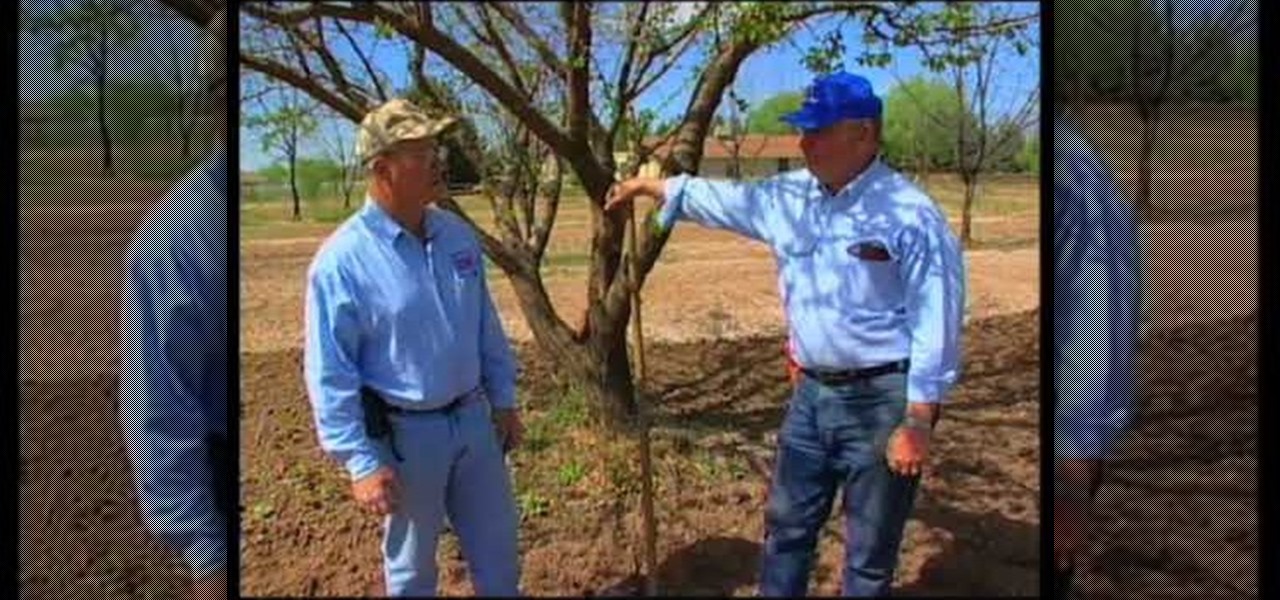
How To: Choose fruit trees
Doña Ana County Extension Agent John White and Master Gardener Benny Knudsen look at stone fruit trees on their tour of the "Garden of Weeden". The Mariposa Plum, the dwarf Stella Sweet Cherry, Elberta Peach, Tilton Apricot and the almond tree (which also belongs to the stone fruit family) are featured in this segment of Southwest Yard and Garden series. The suitability of these trees for a small garden is mentioned. Besides this, also discussed is the problem of late frost and its effect on ...
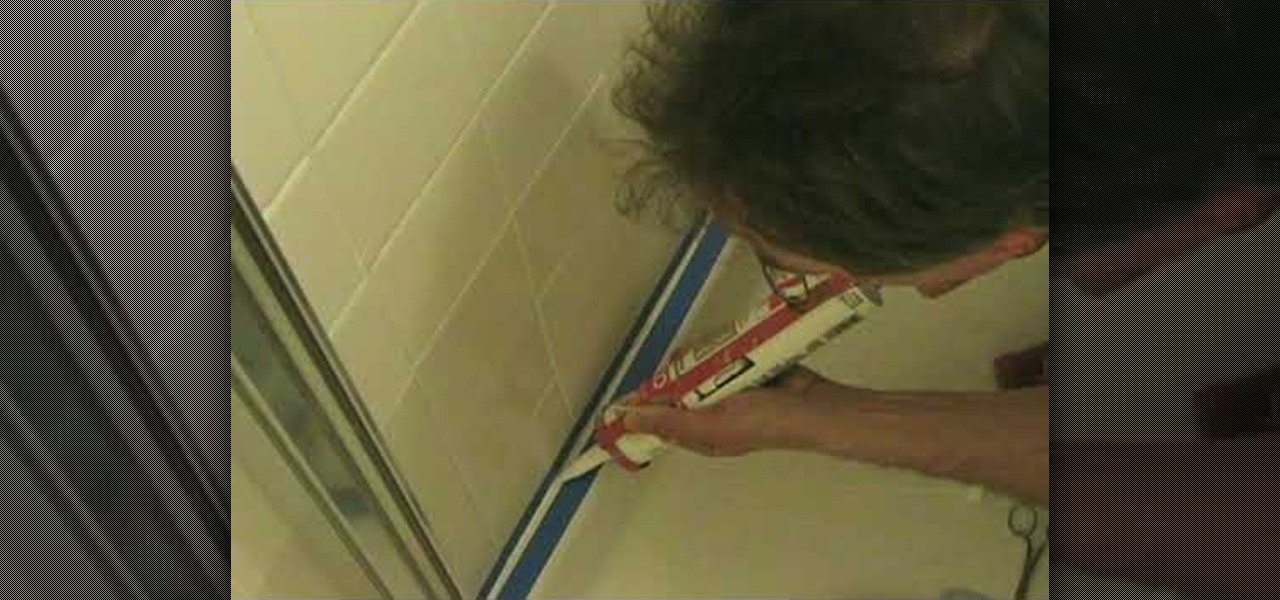
How To: Caulk your shower with a mold inhibitor
To start caulking your shower please ensure that the shower is clean, dry and all caulk joints are also clean, dry and free of any old caulk. Start by taping the 'to be caulked' areas with blue painters tape, making sure you are following the contour of the shower and pressing firmly on the tape to prevent any caulk from getting under the tape. Once the taping is completed now you can start caulking. Start by using a caulking gun from one end of the shower to another, using small amounts of c...
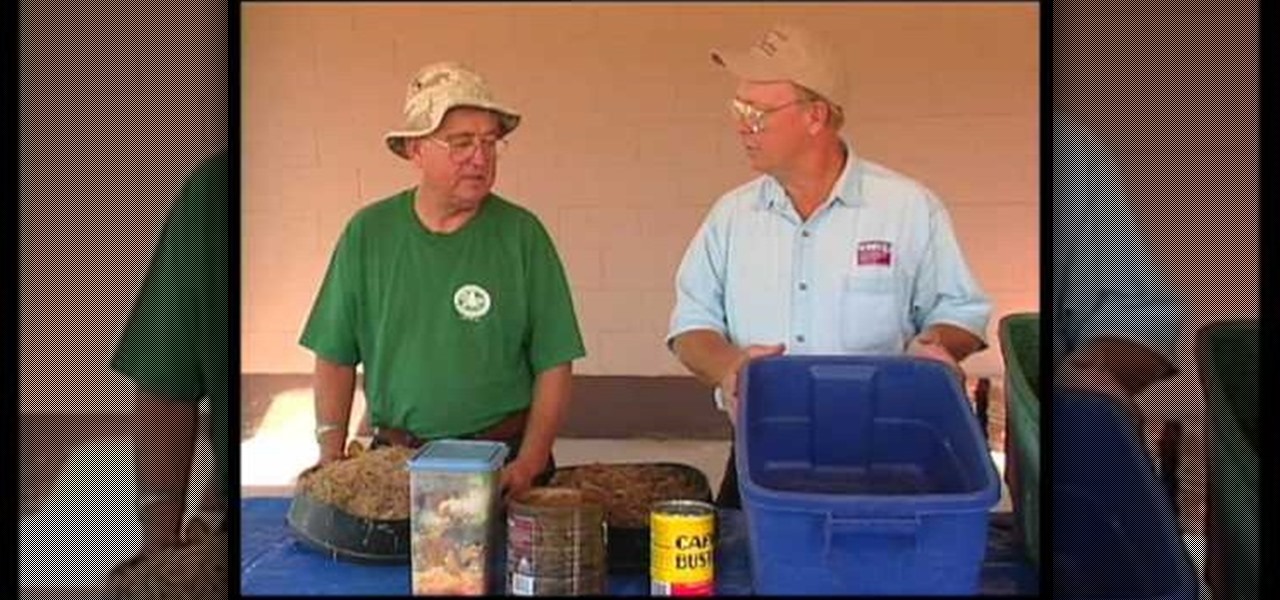
How To: Make vermicompost using kitchen and garden scraps
How to Make Vermicompost.
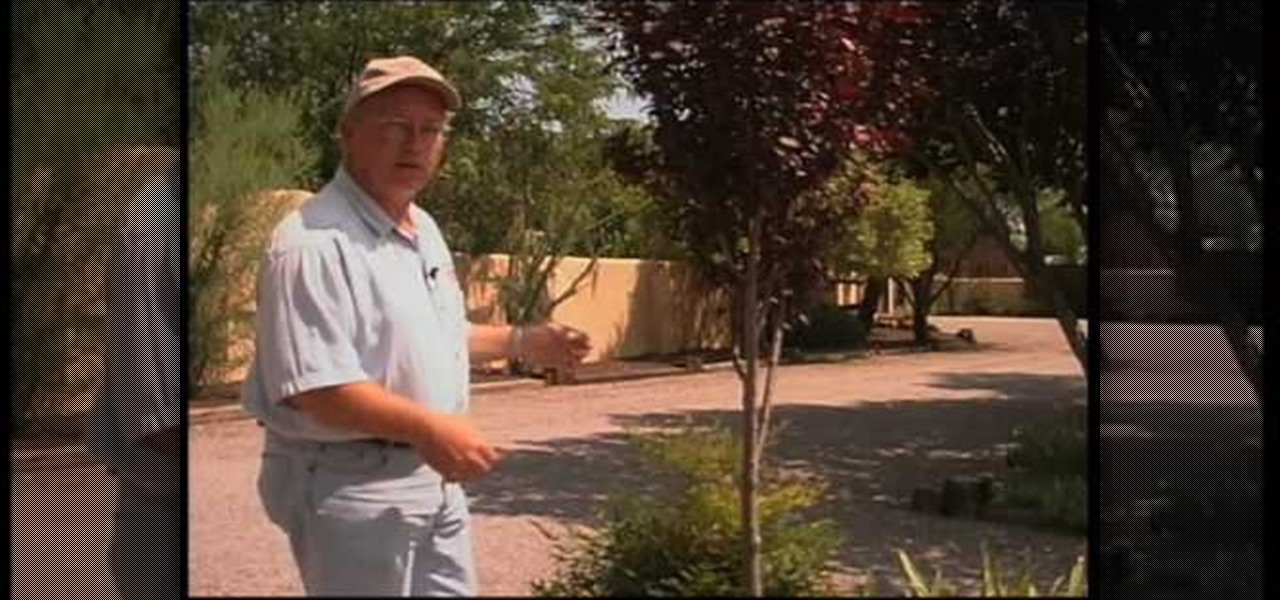
How To: Identify common tree problems
For new landscapes people tend to generally plant the new 'purple leaf plum' trees in a square shaped small plots. They also plant some small plants around it to make it look good. However when the tree grows older it needs to spread its roots. At that time these plants may try to hinder the trees roots growth. Therefore it is advisable remove them once the tree starts growing bigger. Then you can also add water to the roots by spreading it around the area of the tree.Whenever there is proble...

How To: Identify problems with Iris and crabapple trees
Lillis only flower for one day. They look ugly when dead you can use your finger nail to pop them off. Trim your trees often. Pull your dead leaves. Heat is not good for your plants. When your cutting you crab trees back go down a few branches of leaves before you cut. Yellow breasted sap suckers are not good for your trees. They also cut in a straight line. Crab apple trees have barks that naturally peel off, there is nothing wrong with that tree. Just watch out for the bugs because they can...

How To: Reduce your refrigerator energy usage
This video shows several tips that will help you cut down the electricity usage of your refrigerator. Think about what you want from the fridge before opening the door, instead of standing there with the door open while deciding what you want. Set the temperature of your fridge only as cold as necessary, and allow 24 hours for any temperature changes to take effect. Keep exterior condensation switches off unless you need them. Make sure the door gasket is clean and in good condition. Clean it...
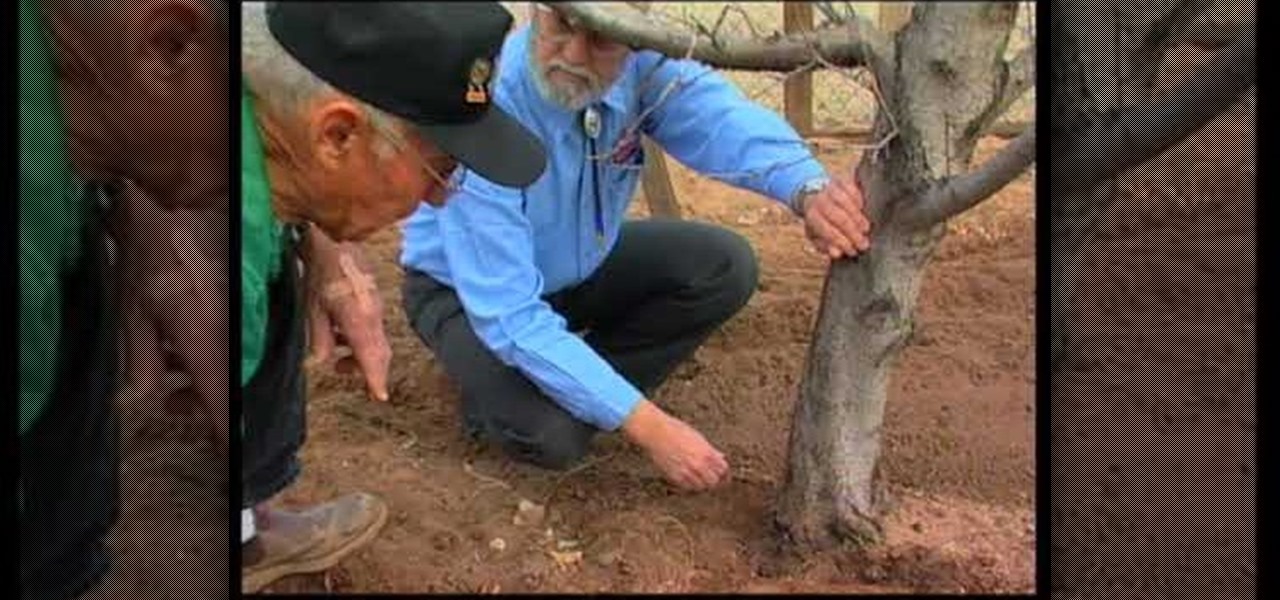
How To: Identify problems with the peach tree borer
This video explains how to identify problems with the peach tree borer. The video begins with a peach tree shown with bore issues below the dirt line on the trunk. The instructor then explains that most of the pesticides used for this problem are no longer available and that most people have turned to more organic pesticides to solve the problem. The video then explains that you must first clean all the bore and dirt away before trying to apply pesticides to the tree. After the bore holes hav...



